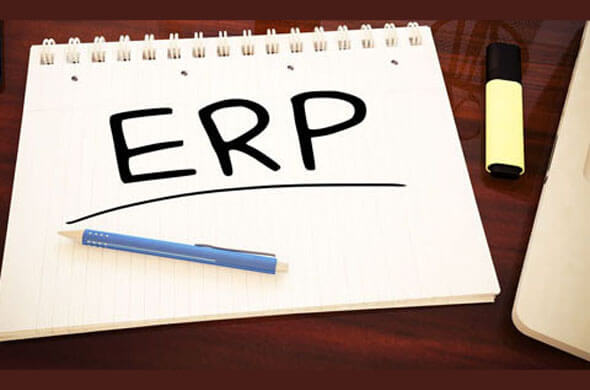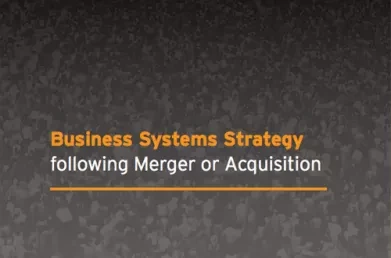CRM System Fundamentals
In the last twenty years, a myriad of CRM systems have been introduced to the marketplace. What exactly is a CRM system and how might it be used?
Picture this hypothetical situation:
You have just put down the phone after talking to a supplier and you are very happy. You are surprised as you rang initially to follow up on the status of a complaint. However, you were immediately recognised and given an up to date status on the actions taken (and about to be taken) to remedy the issue. In essence, you were made to feel ‘valued’. Has the supplier got a large complaints department or is he just plain lucky. Probably neither! The supplier has invested in a Customer Relationship Management (CRM) system!
In the last twenty years, a myriad of CRM systems have been introduced to the marketplace. What exactly is a CRM system and how might it be used?
Key Aspects of CRM
CRM functionality can be broken down into two distinct areas: Reactive CRM and the more recently developed Proactive CRM.
Reactive Customer Relationship Management Functionality
Given that CRM evolved from software originally developed to manage customer complaints, it is not too surprising that these systems have the capability to record complaints and to assign actions to people within an organisation. However, the more functionally rich systems have also added capability for escalation; reminder systems; and the ability to date-stamp (& time) the chronological list of actions taken to resolve the (reactive) ‘issue’ from the customer. A company can therefore have the ability to ‘react’ to any query, complaint or request and respond in a methodical and expeditious fashion.
Proactive Customer Relationship Management Functionality
Proactive CRM allows a user to record many attributes against each customer. For example, interests; contact information on people within the customer organisation; their preferred communication method; spending power of the customer; and so on. The data that is captured can be used to instigate and manage marketing campaigns. These often tend to be simple and inexpensive email campaigns but it is also possible to launch promotions via other electronic methods or the postal system. Proactive CRM can also be used to assist in the scheduling and recording of sales and marketing visits to customers or prospective customers.
CRM - 360 Degree View
Most organisations would aspire to being able to manage proactive and reactive interactions with customers in a variety of ways. Ultimately, the objective with CRM should be to have a 360 degree view of each customer. When an organisation is contacted by a customer it should be possible to easily attain a complete view of current and past interactions with that customer. For example:
- What is the current status of complaints and who is addressing them? Were there recent queries and were they addressed correctly and in a timely manner?
- How have we interacted with the customer from a marketing perspective? Has the customer been offered a promotion? How have they reacted to previous campaigns?
- Are there any orders on the system and what is their status?
- What is the latest debtor information and are there any monies due from the customer?

Upper tier CRM systems can provide this 360 degree view and may even take it a stage further by allowing a user move effortlessly into another piece of functionality that is most probably available within another (ERP) system, such as the taking of an order. Upper tier systems can also interface with CTI (Computer Telephony Integration) systems that allow the CRM system to recognise incoming calls and present a 360 degree view of the customer before the phone is even answered. How is that for making a customer feel ‘valued’?
So, CRM systems have come a long way since the early attempts at recording complaints. Having said this, not all CRM systems are the same and it is important that a structured selection process is used to identify the one that best meets functional, technical and cost constraints. CRM selection should be based on formal requirements elicitation; a rigorous tender process; objective reviews of focused vendor demonstrations and pre-agreed selection criteria.
This Blog was written by Martin Commins, Principal Consultant. If you would like further information please send an e-mail to Martin Commins.


